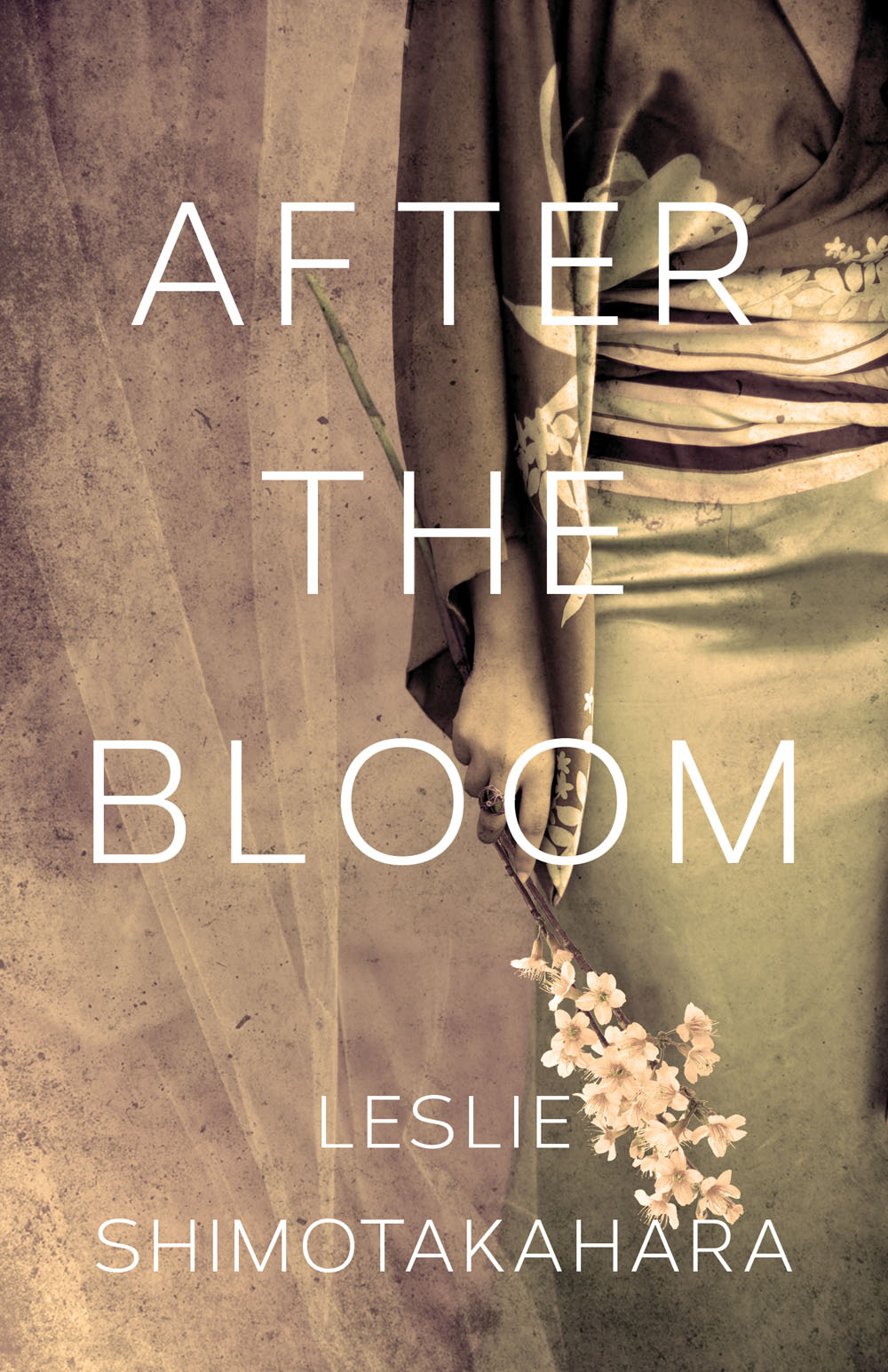After the Bloom (book)
Creators: Leslie Shimotakahara
Novel by Japanese Canadian author Leslie Shimotakahara about the sudden disappearance of a Nisei woman in Toronto and her Sansei daughter's search for her and her own past.
Synopsis
After the Bloom moves back and forth between its 1984 present and the war years. The opening section introduces protagonist Rita Takemitsu, a divorced teacher and artist who shares custody of her six-year old daughter with her dental surgeon ex who lives in Vancouver. Her sixty-year-old mother, Lily, has disappeared, and she quickly grows frustrated with the limited police response given Lily's lifelong memory problems and mental health issues. Rita recalls a difficult childhood filled with mysteries and Lily's insistence that she was never in a wartime concentration camp.
The second section of the book takes us back to 1943 when young Lily, an aspiring beauty queen, is incarcerated at a California concentration camps named "Matanzas" with other Japanese Americans. With her abusive father interned and mother long dead, she shares a barrack with an aunt and cousins who resent her. She soon falls for a young would-be photographer named Kaz who is by turns charming and distant, and is more-or-less adopted into his family, which is headed by his father, a physician who runs the camp hospital. But Kaz's increasing anger leads him into a group of dissidents who plot against the camp administration, while Dr. Takemitsu is sympathetic to the more accommodationist Japanese American Citizens Confederacy. Drawn to both men, Lily is caught in the middle during the subsequent riot.
In her search for her mother, Rita contacts Nisei friends who steer her towards a group seeking redress for the wartime incarceration, something Rita is initially flabbergasted her mother would be involved with. But with the help of Mark Edo, a handsome young University of Toronto professor who leads the redress group, it turns out that Rita's exploration of Lily's wartime past might hold the key to her disappearance.
Background and Response
Author Shimotakahara (1977– ) is a Toronto native and Yonsei who attended McGill (B.A., 2000) and Brown Universities (M.A., 2000; Ph.D., 2007), emerging from the latter with a doctorate in English and embarking on a teaching career at St Francis Xavier University in Newfoundland. But as chronicled in her first book, a memoir titled The Reading List (2012), she grew disenchanted with academia and returned home to pursue a writing career. After the Bloom is her first novel.
Several elements of the book are drawn from her own family history. Her Nisei grandmother, Ruth Mitsuko Penfold (1920–2009), who had been incarcerated at Minidoka and who refused to talk about her incarceration, was the model for Lily. As is the case with Lily, Ruth's father-in-law, Kozo Shimotakahara, was a pioneering Issei physician. The postwar house in which Rita grows up in Toronto is based on the house in which the author's father grew up.
Shimotakahara places Lily in the fictional "Matanzas" concentration camp, located outside Lone Pine, California, an obvious reference to Manzanar . While the former resembles the latter in broad outline, there are many deviations from the real history. In Matanzas, armed guards patrol the camp, something that didn't take place in War Relocation Authority (WRA)-administered camps. The "riot" in Matanzas takes place a year after the one in Manzanar and several of the specifics are different. In particular, it is spurred in part by the beating of Frank Isaka, who is obviously modeled on Mike Masaoka , and the arrest of a popular Kibei assailant, Kenny Honda, modeled on Harry Ueno . However, the real Masaoka, who was based in Salt Lake City, was not in a WRA camp during the war and Honda was arrested for the beating of a guard, not of a fellow inmate as was Ueno. Lily's Issei father-in-law, the doctor in charge of the Manzanar hospital, lives in an actual house away from all the other inmates, something that did not take place in Manzanar or any other camp. Right after the "riot," the camp administration starts releasing inmates en masse; while the real "riot" did eventually spur the WRA to speed up "resettlement," the process took place over a period of months, with administration of a "loyalty questionnaire" to weed out the "disloyal" inmates leading for further unrest. Shimotakahara also fictionalizes the Japanese American Citizens League , calling them the "Japanese America Citizens Confederacy".
Might also like: Why She Left Us by Rahna Reiko Rizzuto; A Bridge Between Us by Julie Shigekuni; Letters to Memory by Karen Tei Yamashita
Find in the Digital Library of Japanese American Incarceration
This item has been made freely available in the Digital Library of Japanese American Incarceration , a collaborative project with Internet Archive .
| Author | Leslie Shimotakahara |
|---|---|
| Pages | 328 |
| Publication Date | 2017 |
For More Information
Publisher website: https://www.dundurn.com/books/After-Bloom .
Author website: http://www.leslieshimotakahara.com/ .
Reviews
Arnone, Terra. " Leslie Shimotakahara's Debut Novel Shares History Lessons We Should Have Learned by Now and Need to Learn Again. " National Post , Apr. 18, 2017. ["Poetically told and laced with Japanese folklore, the novel takes cues from a more mythical narrative, parables abounding in its fiction but always with a point."]
Montgomery-Rodgers Letitia. Foreword Reviews , May/June 2017. [" After the Bloom offers characters of exacting specificity, ones who destroy pat generalizations and reveal the particular people, families, and faces that were stereotyped, amassed, depersonalized, and sometimes destroyed by this oft-overlooked moment in history."]
Shaw, Stacy. Booklist , Apr. 1, 2017, 21. ["... a compelling work of historical fiction that scrutinizes how the experience and conditions of internment had a shattering cultural effect on Japanese Americans. Shimotakahara's writing is personal and entrancing, unflinchingly shining a light on this difficult part of history."]
